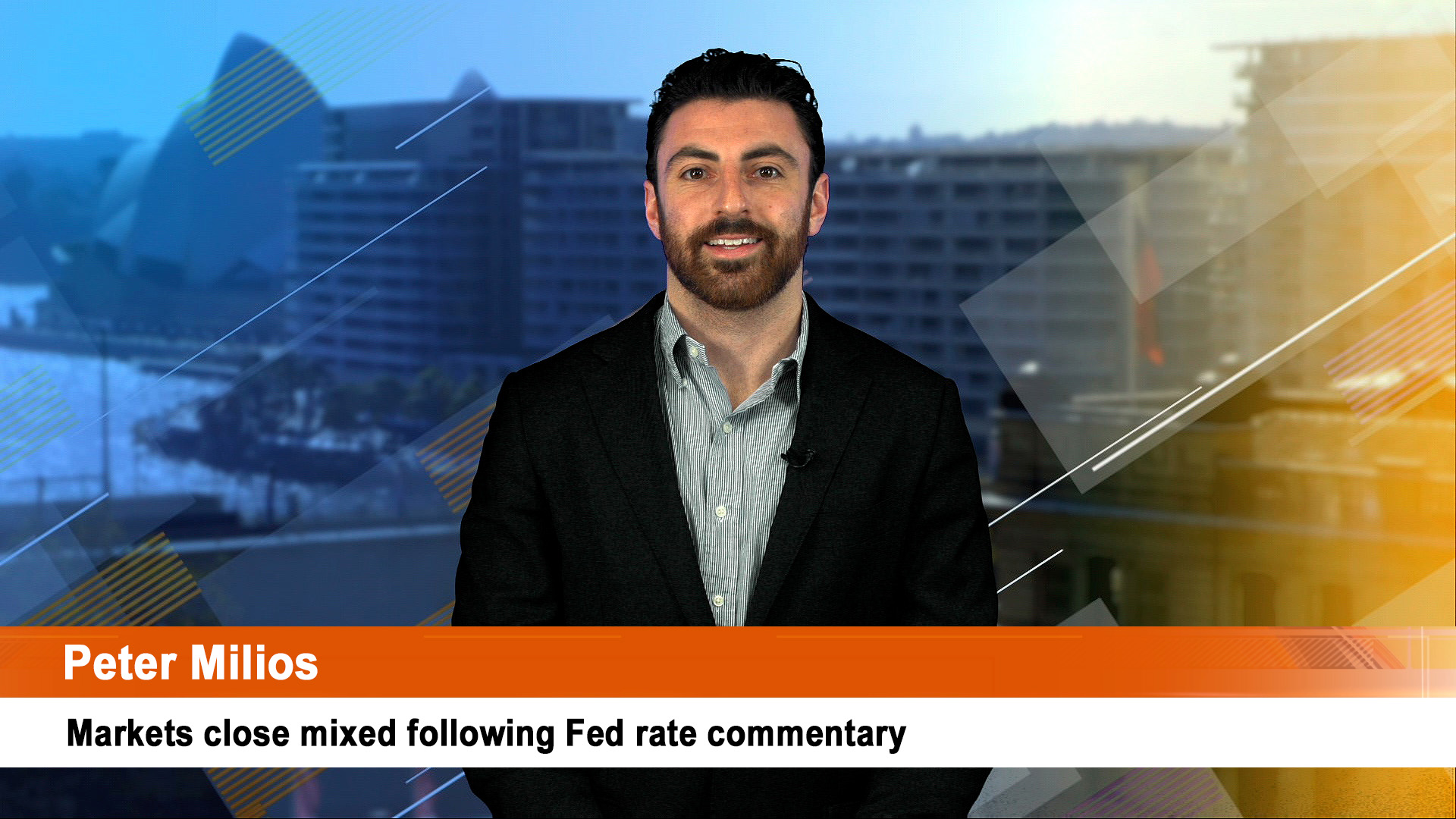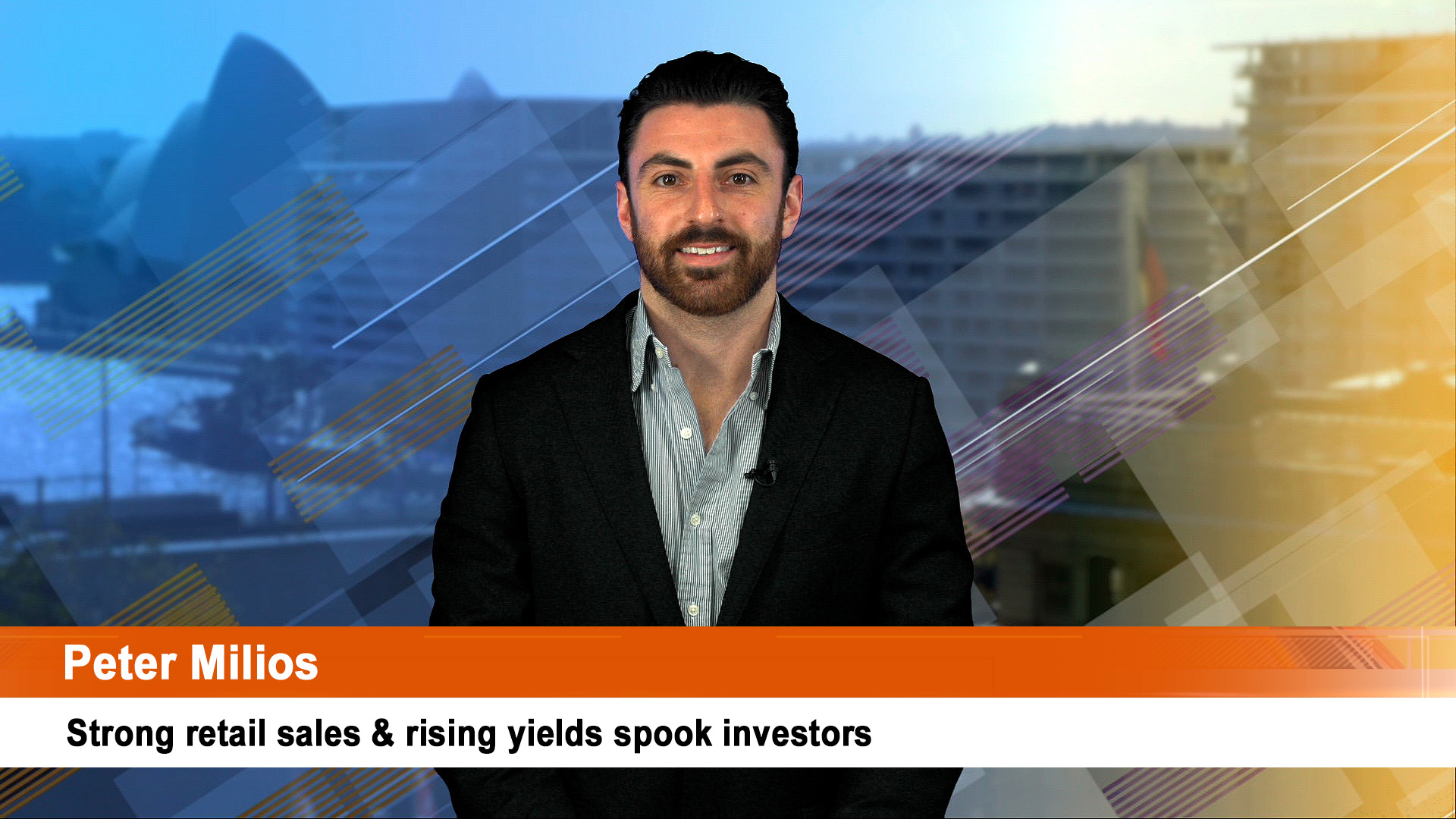Andrew Forrest’s Fortescue Metals is heading for a sharp slide in revenue and earnings for the six months to December after the average price the company gets for its iron ore slumped by nearly 40%.
That was despite the company reporting record shipments of iron ore in the December half year defying labour and Covid-related supply chain difficulties from WA’s restricted borders.
Fortescue exported 47.5 million tonnes in the three months to December – its second highest quarterly figure ever.
That contributed a record 93.1 million tonnes for the first half of the financial year, up 3% from the 90.7 million tonnes exported in the six months to December 2020.
However the company achieved just 68% of the benchmark Platts price for ore with 62% iron content of $US109.61 a dry metric tonne in the quarter due to its relatively low iron ore content and the collapse in prices.
A year ago the company got 91% of a much higher average price in a much tighter market.
The 68% level meant an average price for the half of $US74.36 for each wet metric tonne (a way of measuring iron ore shipments) compared to $US122 a tonne for the December 2020 half year.
That means revenues will be down more than a third from the $US9.335 billion for the December, 2020 half year while net earnings will be sharply lower than the $US4.084 billion and the interim dividend will be down sharply from the $1.47 paid.
Costs were unchanged from the previous quarter at $US15.1 a wet metric tonne on a C1 basis, but 20% higher than costs in the December, 2020 half year because of rising diesel and labour costs, and the integration of Eliwana mine. (C1 represents the ‘direct’ production cost, but not the full cost of production and delivery). Fortescue, like BHP and Rio Tinto ships its ore on a cfr basis which includes all the shipping and associated costs.
Production guidance for the financial year remains at 180 to 185 million tonnes with C1 costs of $US15.00 to $US15.50 a wet metric tonne, although now based on a weaker AUD/US rate of 0.72 US cents, down from 0.75¢.
Fortescue CEO Elizabeth Gaines said the company continued to assess the implications of the uncertain timing of the reopening of the WA border to ensure it had the skills it needed.
“Our C1 cost was in line with the previous quarter, reflecting our strong focus on cost management to mitigate inflationary pressures associated with strong demand for labour and resources, as well as supply chain constraints due to COVID-19,” Ms Gaines said in the statement to the ASX on Tuesday.
The 20% rise in costs will also eat into earnings for the half and the June 30 year.
The estimated cost of the Iron Bridge magnetite project, that Fortescue operates and owns 69% of, remains at $US3.3 to $US3.5 billion with Fortescue focusing on the availability of labour and specialist skills as the construction workforce peaks.
The miner’s green energy arm Fortescue Future Industries cost $US174 million to operate for the six months to December 31.
Net debt was $US1.7 billion at December 21,2021 after payment of the FY21 final tax instalment of $US915 million and capital expenditure of $US744 million in the quarter.
Fortescue’s share price fell nearly 5% to $19.50 on Tuesday.













